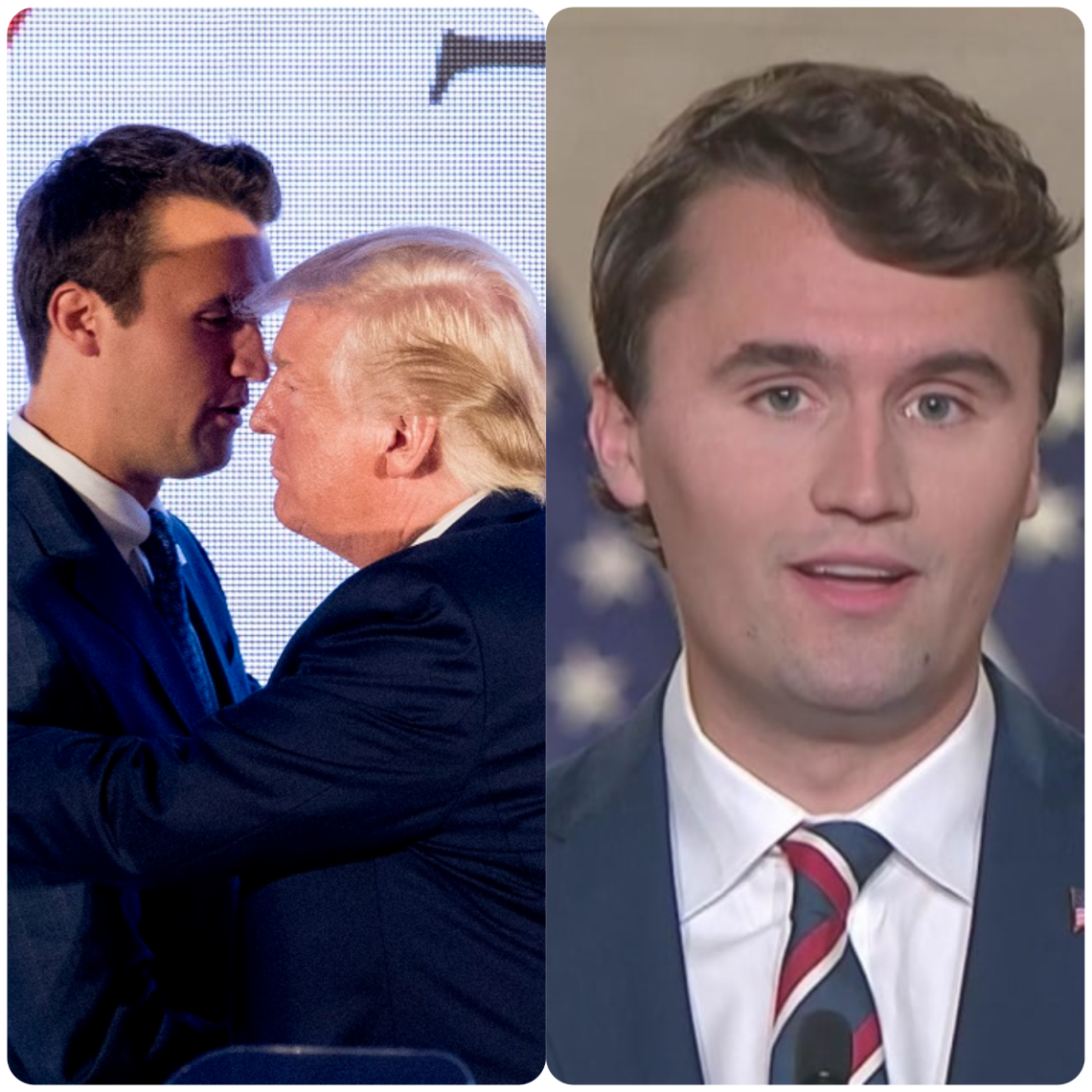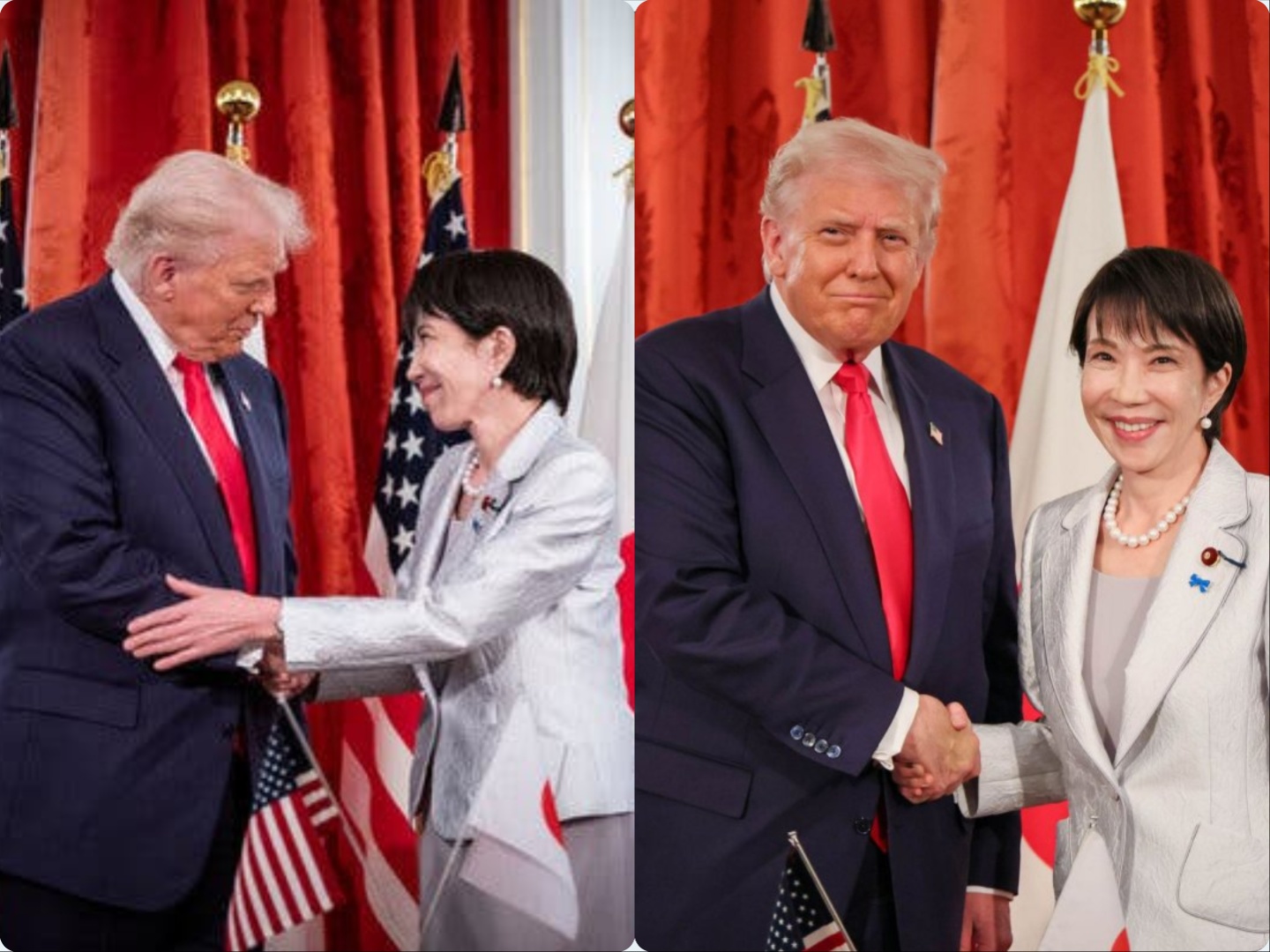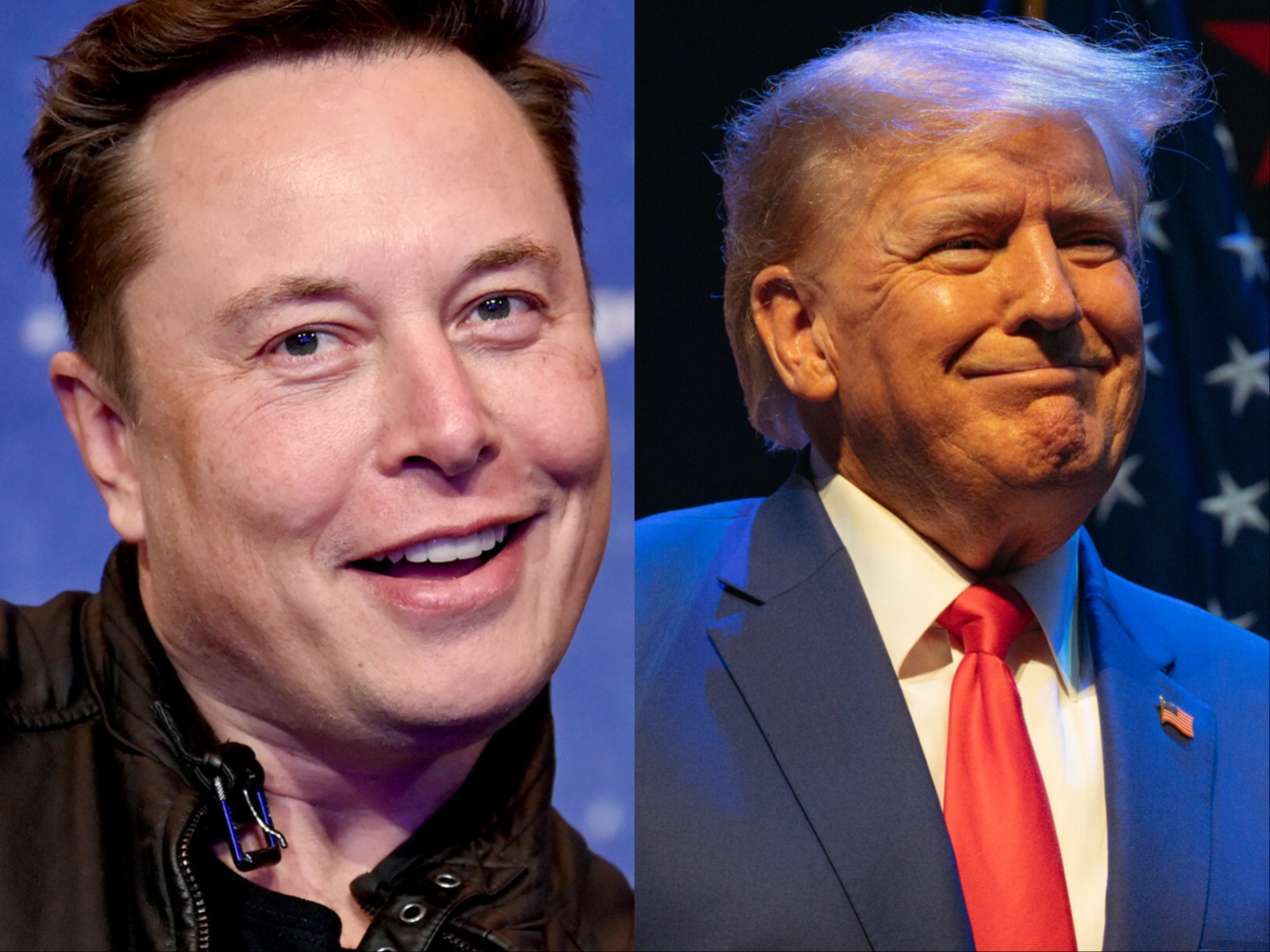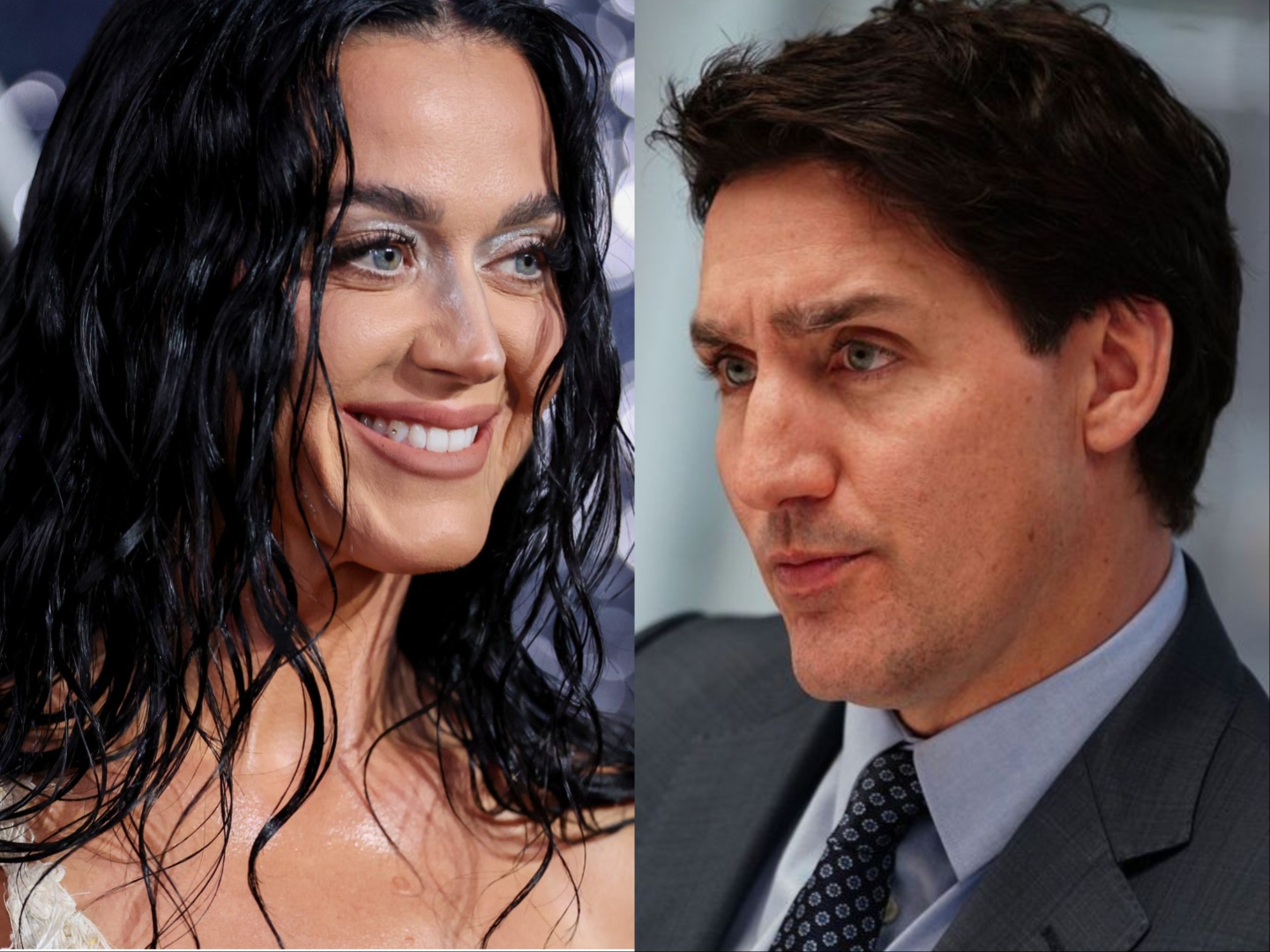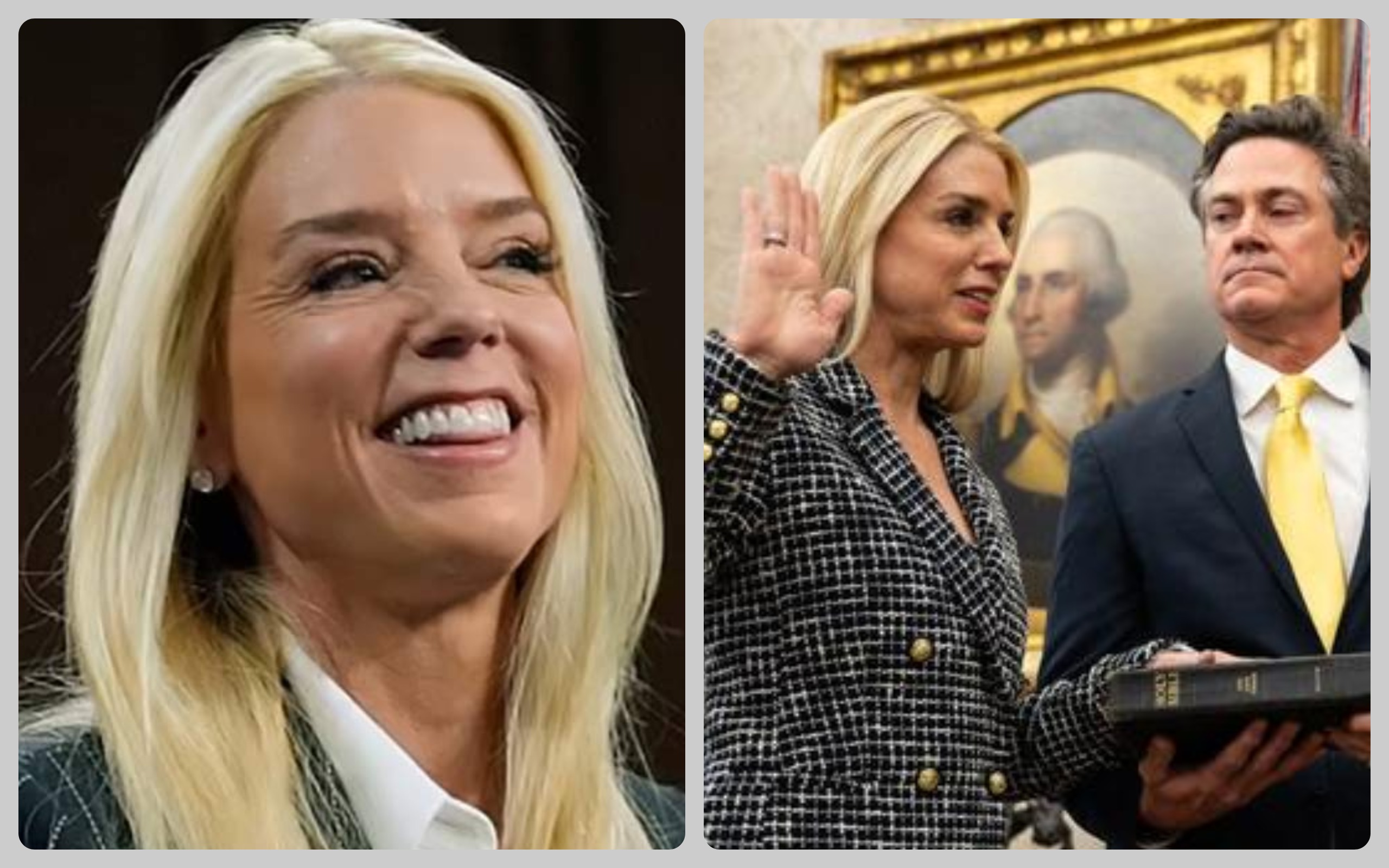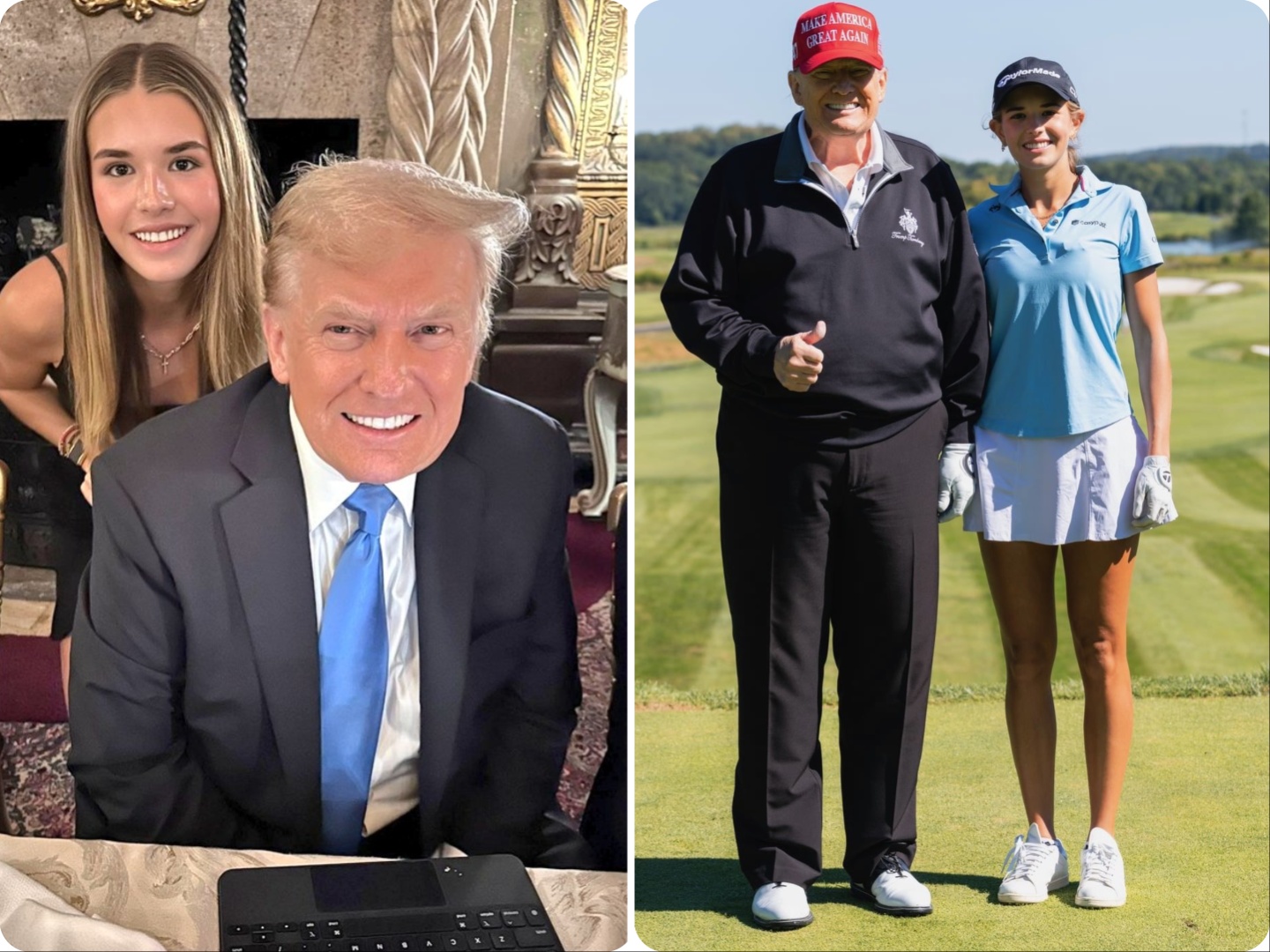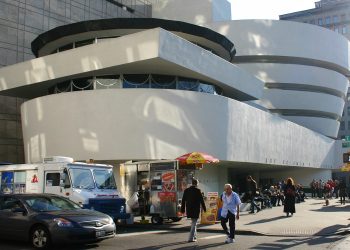A Moment of Horror on the Campus Stage
Charlie Kirk, conservative activist and co-founder of Turning Point USA, was speaking outdoors on the Utah Valley University campus on September 10, 2025, when chaos erupted. Mid-Q&A, a gunshot rang out. Kirk collapsed, struck by a bullet to the neck. The crowd panicked. Videos show blood. Eyewitnesses still shaking described it as surreal, terrifying.
What added salt to the wound: people said it could easily have been avoided—or at least, made safer.
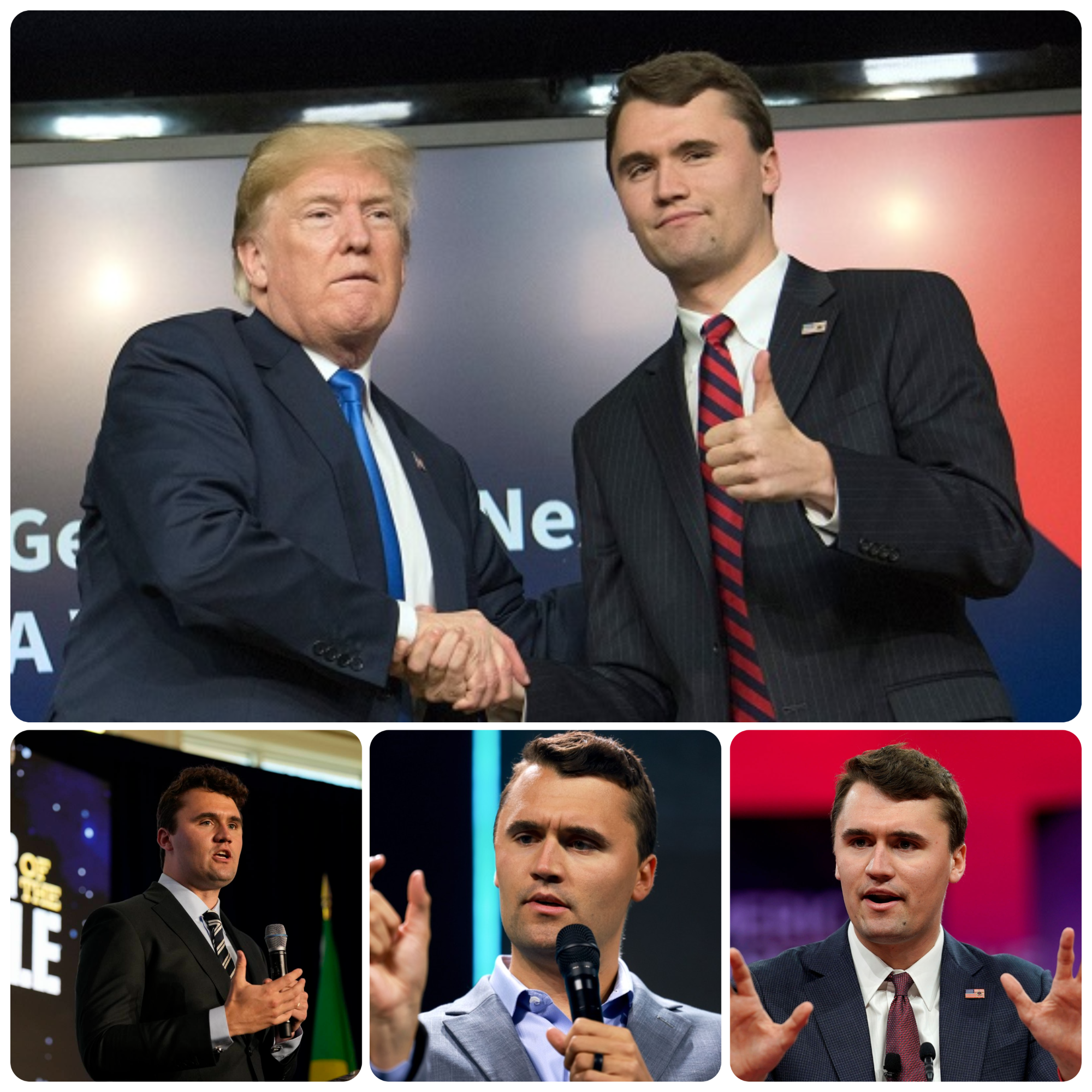
“There Was No Checkpoint, No Metal Detector”
Witnesses are now calling the event’s security setup insufficient.
One, Tyler McGettigan, printed a ticket with a QR code yet was not asked to scan or show it for entry. No checkpoint. No bag checks. No metal detectors. He said, “It was literally anyone could walk in if they wanted.”
Others confirm that private security and a few campus police officers were present, but the measures seemed routine, not proactive. Many compared it to a standard speaking event—not what you’d expect for a politically charged rally with thousands expected.
When Politics Threatens Public Safety
Let’s pull back: this wasn’t just any campus appearance. Kirk was touring under his “American Comeback Tour,” confronting hot topics, facing past threats. Some questions from the audience were about mass shootings involving transgender people—questions that tend to raise tempers in the crowd.
The stakes were already high. Then, law enforcement reports and building layout suggest the gunshot came from a rooftop some ~200 yards away—likely from a building known as the Losee Center.
It raises the question: if someone wanted to do harm, did the setup make it easy? For critics, the answer is yes.
The Security That Was (and Was Not) There
-
Six officers from UVU police were on site, plus Kirk’s private security. For an event of ~3,000 people, that’s thin.
-
No bag inspections, metal detectors, or strict barriers according to multiple accounts.
-
Uniformed police were visible, but many attendees said they felt like the visible presence was more symbolic than security.
One witness said that after a “great” start, the event became chaotic the second the shot sounded: people dropped to the floor, ran for exits, or tried to huddle for safety.
Officials Respond: Blame, Silence, and Investigation
Campus and state officials have called the shooting “tragic,” and some, including Utah Governor Spencer Cox, labelled it a “political assassination.”
The university closed campus temporarily; state and local law enforcement, including the FBI, opened investigations.
Utah provincial authorities have confirmed a “person of interest” was taken into custody, though as of now the shooter has not been definitively identified.
Meanwhile, some officials insisted that the security provided was “consistent with other events of this kind”—a standard line that many witnesses reject.
What It Means for American Political Culture
Look, this story isn’t just about one shooting. It’s about what happens when political speech, mass gatherings, and weak safety protocols meet.
-
Is free speech enough when people fear for their lives?
-
When is it acceptable to treat political activists as needing first-class protection?
-
Does lax security at politically loaded events embolden violence, or is it merely tragic luck?
The killing of Kirk (if confirmed dead, though some reports say him being fatally shot) may amplify fears of political violence across party lines. Americans already warily watching the rise of rhetoric and retaliatory threats.
A Cultural Mirror: Celebrity, Violence, & Visibility
Imagine replacing Kirk with a pop star speaking at a sold-out arena, getting struck mid-concert. Would there be more security? Or is there a double standard when it’s politicians and activists?
In Hollywood, mass events are gated, screened, glammed, and choreographed. On a university stage? Politics often plays dress rehearsal, not full armored readiness.
Kirk’s public visibility made this incident more than local news. It’s now broadcast globally—every clip, every line of criticism, echoing the tension between political celebrity and personal safety.
Closing Thoughts: Where Do We Go from Here?
Kirk’s shooting has forced America to reckon with how we handle security when politics becomes performative—in both senses of the word. Some will clamour for metal detectors at every campus speech, others will warn against turning public spaces into fortress zones.
But here’s the kicker: maybe neither extreme is the solution. Maybe it’s about balance, transparency, and treating security like part of the event design, not an afterthought.
Because if you’re speaking to a crowd of thousands, especially when wings of your base expect confrontation, you deserve more than symbolic guards—you deserve real protection.
In short: tragedies like this one reveal cracks in how we protect public discourse—and once cracks are seen, covering them becomes urgent.

